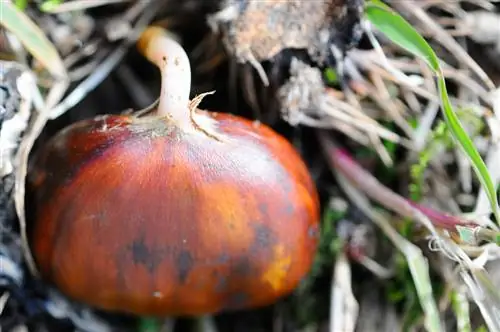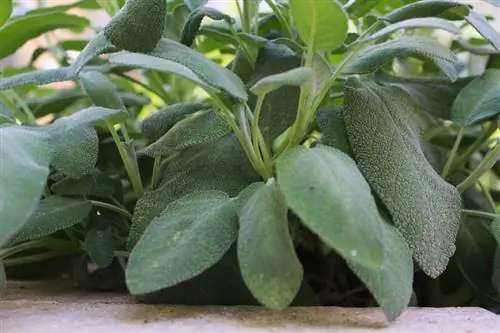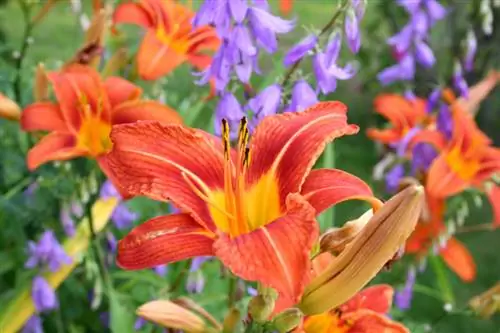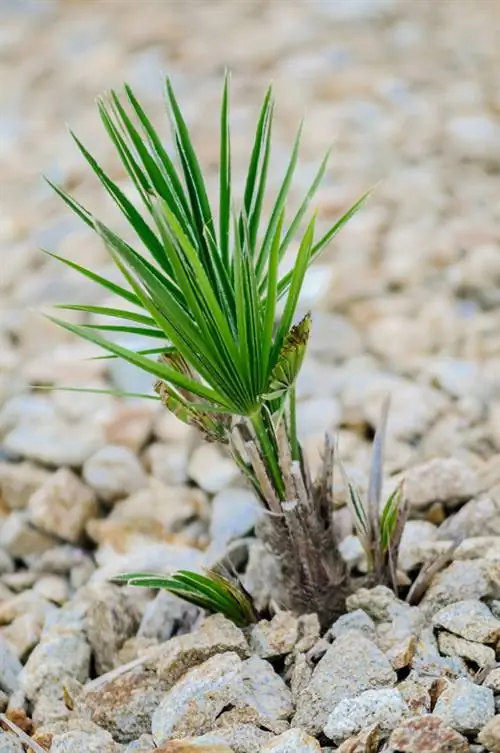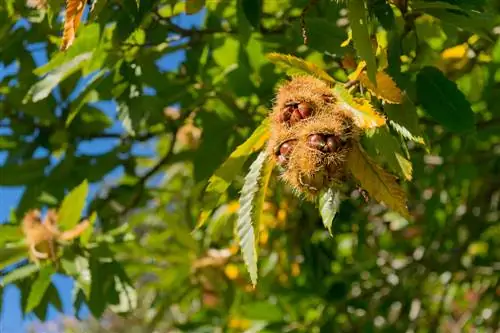- Author admin [email protected].
- Public 2023-12-16 16:46.
- Last modified 2025-01-23 11:21.
You can propagate not only flowers yourself, but also large trees like the chestnut. However, it will take some time for your tree to grow large enough to bear fruit. A quick harvest is not expected.
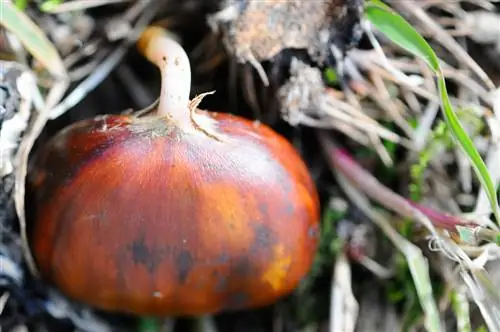
How can chestnuts be propagated?
Chestnuts can be propagated by sowing seeds or cuttings. When sowing seeds that do not provide varietal purity, you need patience, since the first harvest takes 15-20 years. Cuttings require cutting strong shoots from a chestnut tree in late winter and planting them in a moist peat-sand mixture.
Propagation by sowing
If you would like to grow chestnuts yourself by sowing, then remember that there is no varietal purity. So you don't know what type of chestnut your chestnut was fertilized by and what characteristics were inherited. You also need a lot of patience until the first harvest. You should expect at least around 15 to 20 years. Sowing is quite easy.
You can plant fresh sweet chestnut seeds in the ground immediately after harvesting; soak dry seeds for one to two days beforehand. Use nutrient-poor substrate that should cover the seeds by about an inch. Don't forget to water lightly and always keep the seeds slightly moist, but not wet.
Sowing in brief:
- collected seeds do not provide varietal purity
- Soak dry seeds for 1 to 2 days
- fresh seeds can be sown immediately
- nutrient-poor substrate
- approx. Place 1 cm deep in the substrate
- water lightly
- keep evenly moist
- repot after approx. 1 year
- Protect young plants from frost
Propagation through cuttings
The best way to use cuttings is to cut strong, he althy shoots with at least three to four sleeping eyes from a chestnut in late winter. Make the cut at an angle. Place about two thirds of the shoot in a moist mixture of peat (€8.00 on Amazon) and sand. Cut off the top of the shoot straight at the top.
Keep the substrate only slightly moist, then new roots will soon form on the underground leaf nodes. However, your cutting needs a bright, frost-free place. After successful rooting, your small chestnut will show its first leaves in spring. However, the young tree is quite sensitive to frost and should stay indoors for the first winter, after which you can plant it in the garden.
Tip
The propagation of the sweet chestnut is quite easy, but it takes a long time until the first harvest.

